BHEL to establish turbine rotor test rig for advanced power plants
- September 18, 2020
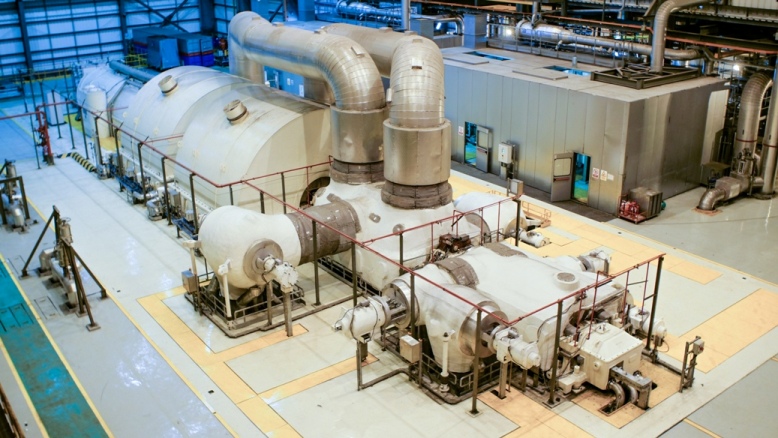
India may soon manufacture its own super alloy steam turbine rotors for efficient coal based thermal power plants, thanks to a facility being set up by Bharat Heavy Electricals Ltd (BHEL) to assess low-cycle fatigue effects in rotors required for such power plants.
A government release said that improving technologies to increase the efficiency of coal-based thermal power plants requires use of nickel-based super alloy materials as against chrome-based steels widely used now.
The project has been taken up under the Clean Energy Research Initiative of Department of Science & Technology, Government of India.
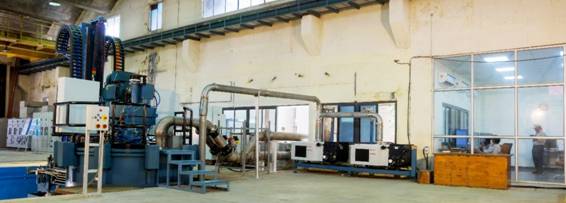 The nickel based Alloy 617M has been selected by the Indian Advanced Ultra Super Critical (AUSC) consortium. The alloy is industrially available and the AUSC consortium has already expressed confidence in indigenous development of the alloy. However, lack of experimental data on performance of Alloy 617M rotors hinders effective usage of this alloy in the Indian AUSC power plant.
The nickel based Alloy 617M has been selected by the Indian Advanced Ultra Super Critical (AUSC) consortium. The alloy is industrially available and the AUSC consortium has already expressed confidence in indigenous development of the alloy. However, lack of experimental data on performance of Alloy 617M rotors hinders effective usage of this alloy in the Indian AUSC power plant.
The basic idea is to locally test Alloy 617M rotors that are used in advanced ultra supercritical power plants.
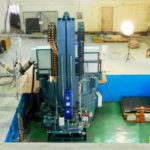 To overcome this challenge, Department of Science & Technology under Clean Energy Research Initiative has supported a project to BHEL (R&D), Hyderabad for establishment of High Temperature Spin Test Rig (HTSTR).
To overcome this challenge, Department of Science & Technology under Clean Energy Research Initiative has supported a project to BHEL (R&D), Hyderabad for establishment of High Temperature Spin Test Rig (HTSTR).
It will be the first facility in India for experimental validation of the design of AUSC steam turbine rotor relating to creep – fatigue damage (deterioration of metals and alloys subjected to a cyclic thermo mechanical load at elevated temperature) and will also be the only one of its kind in India in terms of establishing a real size engineering experimental set-up.
The facility will pave the way towards Atmanirbhar Bharat in this sector.
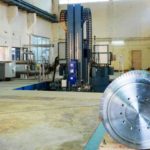 It will subject the turbine rotor segments of weight up to 9000 kg to various damage conditions similar to that in the plant operation, like high temperatures up to 800 degree Celsius, high speed up to 3,600 rpm, followed by long term steady state operation and controlled heating and cooling.
It will subject the turbine rotor segments of weight up to 9000 kg to various damage conditions similar to that in the plant operation, like high temperatures up to 800 degree Celsius, high speed up to 3,600 rpm, followed by long term steady state operation and controlled heating and cooling.
This facility will enable design validation of 800-mw AUSC steam turbine rotors for certifying the long term performance of super alloy monometallic and bimetallic welded rotor with a total of 2,000 startups (Hot+warm+cold) and 1,00,000 hours of total steady state operation. This is achieved through accelerated testing within 200 cycles and 10,000 hours respectively.
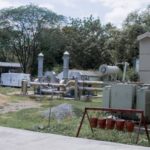 A unique test protocol for accelerated testing is formulated by the BHEL team with the guidelines of ASME standards.
A unique test protocol for accelerated testing is formulated by the BHEL team with the guidelines of ASME standards.
Two rotor segments – monometallic (Alloy 617M) and bimetallic welded portions (Alloy 617M and 10 Chrome) of actual steam turbine rotor will be subjected to equivalent operating conditions over its guaranteed time line by increasing the temperatures and achieving desired thermal gradients within the rotors, during the heating and cooling operations.
Notes on images
Featured photograph (source: GE) shows an ultra supercritical power plant. Inside photographs, in their order of appearance show:
- Rotor Test Rig, Vacuum Pumps and Control Room
- Rotor Test Rig and Movable Pneumatic Loading Station in Pit
- Test Rotor with Test Rig
- DG Sets, Nitrogen Blowers and Transformer for Rotor Test Rig
Inside photographs (source: PIB) are presumably related to BHEL’s existing testing facilities.


